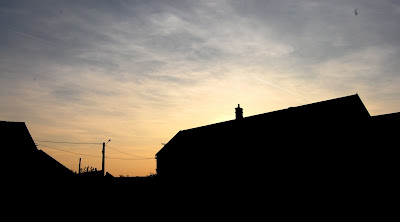This past weekend, Katherine, Judy, and I headed out to visit our friend Amandine out in the French countryside.
B-e-a-utiful. Indescribably picturesque. So indescribable, I'm just going to show you a picture (or five).





Ahhhhhhh and we ate so well out in the countryside, too. For our first meal with the family, we ate Chinese food, which doesn't seem very authentic until you know that Amandine's mother, Vana, is actually Chinese herself. Vana taught us to make spring rolls, a valuable skill I plan to retain and put into full use once I'm back in Provo (or sooner if the opportunity presents itself!) and friend nêms. So delicious.
For dinner that night, we ate a bit more French-ly with grilled sausages and peppers, a full salad, and then cheeses. The next day was Sunday, and after church the whole crowd that had descended on the house in the countryside went on a picnic, where we ate Quinoa tabouleh and crudités of carrots and cauliflower, and of course lots of cheese again!
Mmmm being here in France makes me realize that with just a little effort I could make a lot of really good foods with very little effort. I resolve to cook more next year.
Of course, we did more than eat while out at Amandine's--we also took long naps and walks to aid in digestion. Ah, and what beautiful walking there is to be done! I'm excited to go back in two weeks for another long weekend.
I feel that my experience in the French countryside is far more authentic France than a walk around the Eiffel Tower. I spoke a lot of French that weekend, and interacted with a lot of very French people (okay, and also some French-Chinese people, too). Did I mention we also went to the market? So excellent. That's the spirit of France! Buying fruits and vegetables and cheeses and dry sausages at the local weekly market. Plus the gluten free bread Amandine found at the market = almost like real bread! So good. Thank you, Didine.




































